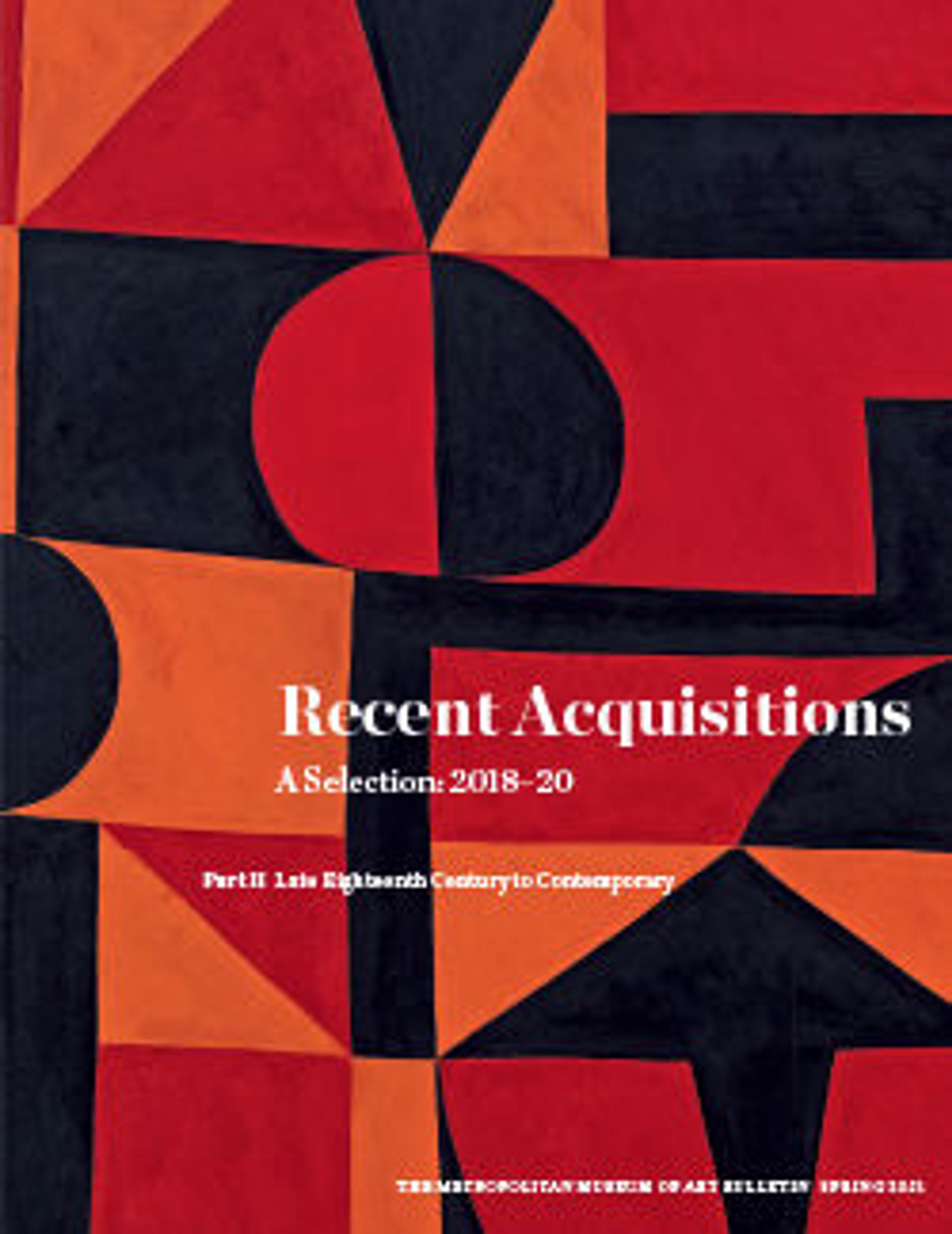[Alma Mahler Doll Made for Oskar Kokoschka by Hermine Moos]
Reeling after the end of his tumultuous four year affair with Alma Mahler – the widow of composer Gustav Mahler – Kokoschka volunteered for military service with the Austro Hungarian army in 1915. Alma had aborted a pregnancy presumably with Kokoschka’s child and left him for the architect Walter Gropius. After suffering a major brain injury and other battle wounds on the Ukrainian front, the painter was discharged from the military, and resettled in Dresden. Still consumed with jealous obsession with his erstwhile lover, the tormented Kokoschka resolved to craft a lifelike replica of Alma, onto which he could displace his irrepressible amorous desires. In 1918, he hired Munich based avant garde dollmaker Hermine Moos to fabricate an anatomically accurate, three dimensional likeness. Over several months, Kokoschka sent Moos meticulous drawings and written descriptions. He was explicit in his wishes that the doll be able to deceive the senses and be fully operative, in the ways a real flesh body might be. “Please make it possible,” wrote Kokoschka, “that my sense of touch will be able to take pleasure in those parts where the layers of fat and muscle suddenly give way to a sinuous covering of skin.”
Replete with a swanskin exterior and horsehair details, the “Alma” doll was completed and delivered to Kokoschka in 1919. He dressed it in custom made undergarments and clothing and is said to have taken it to cafes and the opera. Rumors spread about the depths of his perversions with the creation he called his “silent woman.” Kokoschka made the doll itself the subject of dozens of drawings and at least three major paintings, including "Woman in Blue" (1919), "Painter with Doll" (1920–21), and "At the Easel" (1922). In the early 1920s, claiming the doll had entirely “cured” him “of his passions,” the artist staged a performative dollicide, in which he decapitated the inanimate figure and smashed a bottle of wine over its head. Kokoschka’s effortful orchestration and dissemination of the mythos surrounding the Alma doll raises questions about the boundary between his purported mental illness and a more self conscious avant garde gesture.
Replete with a swanskin exterior and horsehair details, the “Alma” doll was completed and delivered to Kokoschka in 1919. He dressed it in custom made undergarments and clothing and is said to have taken it to cafes and the opera. Rumors spread about the depths of his perversions with the creation he called his “silent woman.” Kokoschka made the doll itself the subject of dozens of drawings and at least three major paintings, including "Woman in Blue" (1919), "Painter with Doll" (1920–21), and "At the Easel" (1922). In the early 1920s, claiming the doll had entirely “cured” him “of his passions,” the artist staged a performative dollicide, in which he decapitated the inanimate figure and smashed a bottle of wine over its head. Kokoschka’s effortful orchestration and dissemination of the mythos surrounding the Alma doll raises questions about the boundary between his purported mental illness and a more self conscious avant garde gesture.
Artwork Details
- Title:[Alma Mahler Doll Made for Oskar Kokoschka by Hermine Moos]
- Artist:Unknown photographer
- Maker:Doll made by Hermine Moos (German, Frankfurt 1888–1928 Munich)
- Patron:Doll commissioned by Oskar Kokoschka (Austrian, Pöchlarn 1886–1980 Montreux)
- Person in Photograph:Doll modeled after Alma Mahler (American (born Austria), Vienna 1879–1964 New York)
- Date:1919
- Medium:Gelatin silver print
- Dimensions:Image: 3 15/16 × 5 13/16 in. (10 × 14.8 cm)
Sheet: 3 15/16 × 5 13/16 in. (10 × 14.8 cm) - Classification:Photographs
- Credit Line:Purchase, Anonymous Gift, 2018
- Object Number:2018.821
- Curatorial Department: Photographs
More Artwork
Research Resources
The Met provides unparalleled resources for research and welcomes an international community of students and scholars. The Met's Open Access API is where creators and researchers can connect to the The Met collection. Open Access data and public domain images are available for unrestricted commercial and noncommercial use without permission or fee.
To request images under copyright and other restrictions, please use this Image Request form.
Feedback
We continue to research and examine historical and cultural context for objects in The Met collection. If you have comments or questions about this object record, please contact us using the form below. The Museum looks forward to receiving your comments.
